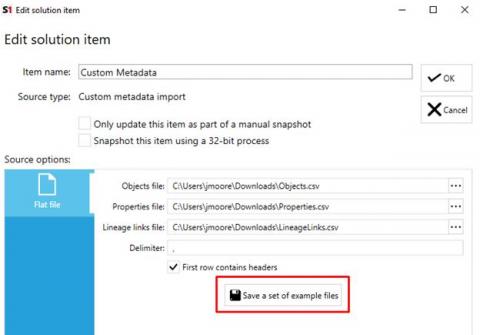Database Cloud Migration Done Right - SolarWinds Lab Episode #95
The global pandemic has accelerated corporate planning for cloud computing and digital transformation by 2-4 years on average. But database migration, the process of moving a database from one place to another, is no walk in the park. Obstacles abound. Setbacks are common.










